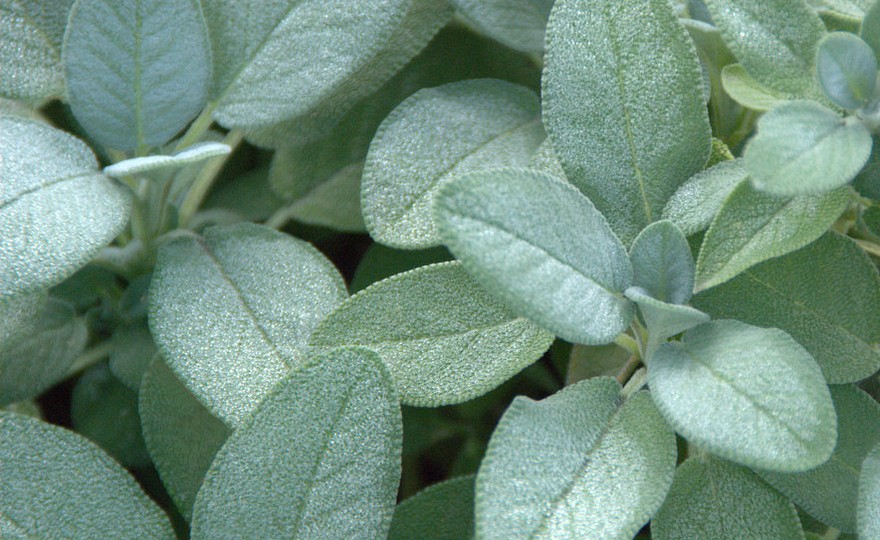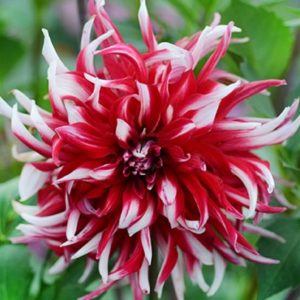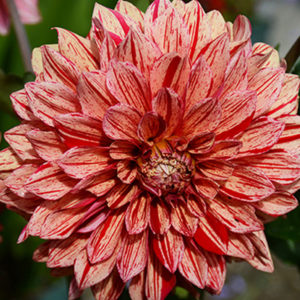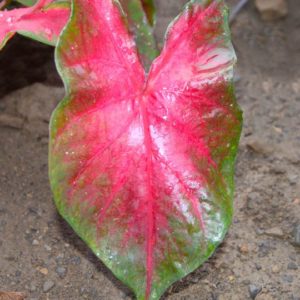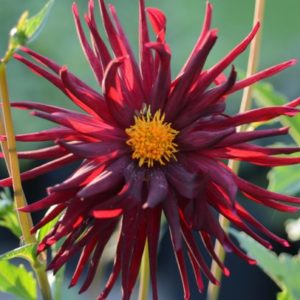Description
 Herb, Sage
Herb, Sage
One of the most significant culinary herbs grown today, throughout history Sage has been prized as a plant associated with immortality and salvation. The Chinese so valued the herb that they traded their precious tea for sage in a ratio of 4 Chinese teas for 1 Sage. In Yugoslavia, even today, hundreds of acres of Sage are harvested like grain crops, 3X per year, for food.
Other cultures, specifically the American Indians, used Sage primarily as a medicinal herb. They used the herb as a leafy toothbrush, made salves with bear grease to cure skin sores and made infusions to bathe in.
Scientific research has verified that Sage oil has astringent, irritant and antiseptic properties. Curiously, the oils also evidence estrogenic characteristics which explains the herb’s ability to dry up nursing milk.
When used for culinary purposes Sage complements liver, beef, pork, veal, poultry,fish, duck and goose.
As a companion plant, sage enhances the growth of cabbage, carrots, strawberries, tomatoes and Sweet Marjoram, but should not be planted near onions.

